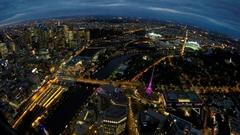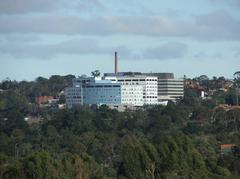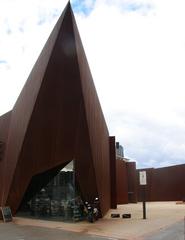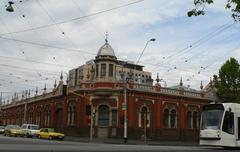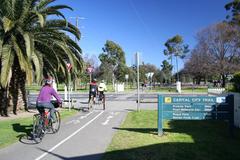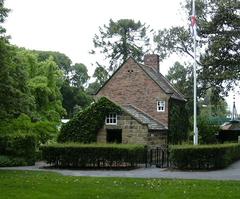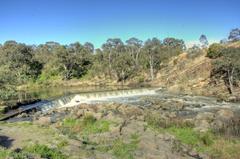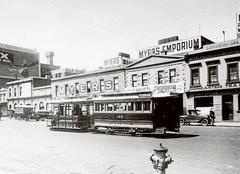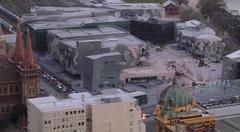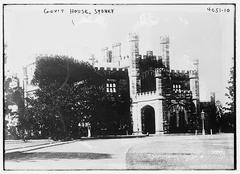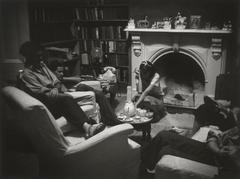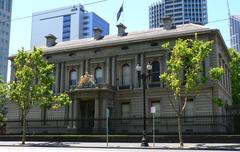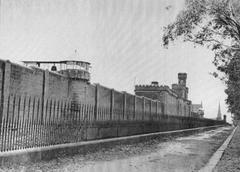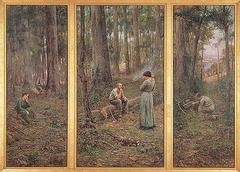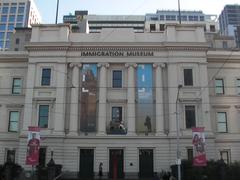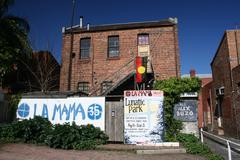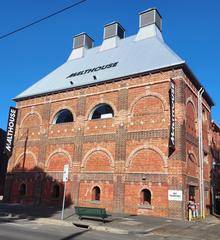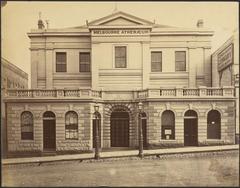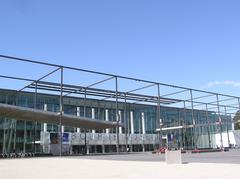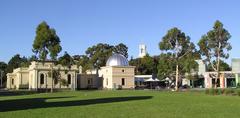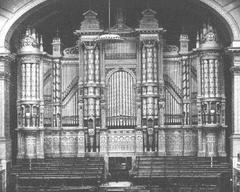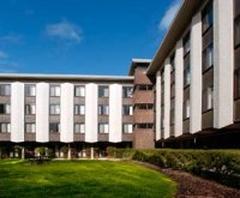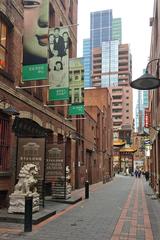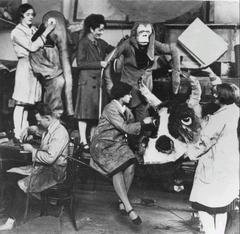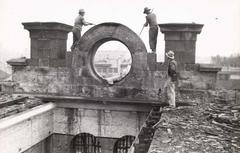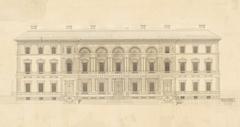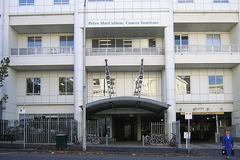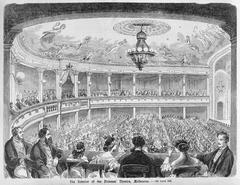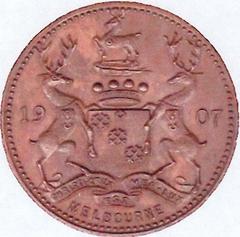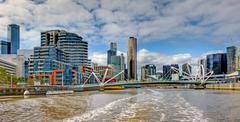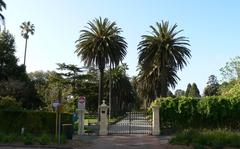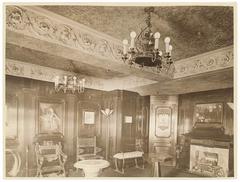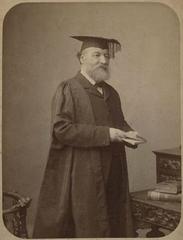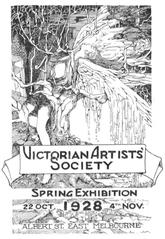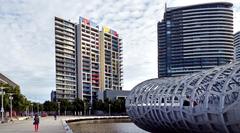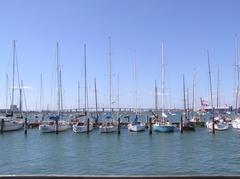ANZ Banking Museum Melbourne: Visiting Hours, Tickets, and Historical Significance
Date: 14/06/2025
Introduction
Nestled within the heart of Melbourne’s Central Business District, the ANZ Banking Museum offers an immersive journey through Australia’s financial, architectural, and social evolution. Housed in the heritage-listed ANZ Gothic Bank at 388 Collins Street—a Victorian-era Gothic Revival masterpiece designed by William Wardell—the museum is both a cultural landmark and an educational resource. Established in 1985 to mark the 150th anniversary of the ANZ Group’s earliest antecedent, the Bank of Australasia, the museum chronicles nearly two centuries of banking history and its role in shaping Melbourne’s “Marvellous Melbourne” era.
With over 6,000 artifacts, interactive digital exhibits, and a strong focus on accessibility, the museum is a must-visit for history enthusiasts, architecture lovers, families, and students. Its central location also makes it an excellent starting point for exploring other Melbourne heritage sites such as the State Library of Victoria and Federation Square (National Trust Victoria; ANZ Corporate History; Victorian Heritage Database).
Table of Contents
- Introduction
- Historical Overview
- Architectural and Heritage Significance
- Evolution of Australian Banking
- Key Artifacts and Exhibits
- Social and Economic Influence
- Preservation and Restoration
- Visitor Information
- Interactive Features
- Frequently Asked Questions (FAQ)
- Conclusion and Planning Tips
- References
Historical Overview
Origins and Establishment
The ANZ Banking Museum was established in 1985 to coincide with the 150th anniversary of the Bank of Australasia, the earliest precursor of today’s ANZ Group. The museum is located in the historically significant ANZ Gothic Bank, built in 1887 for the English, Scottish & Australian Bank (ES&A)—a direct antecedent of the modern ANZ (National Trust Victoria). The museum’s creation reflected a broader 1980s movement to preserve Australia’s banking heritage during a time of rapid industry modernization.
Architectural and Heritage Significance
The ANZ Gothic Bank is a landmark of Victorian Gothic Revival architecture. Designed by William Wardell, it is renowned for its elaborate Venetian Gothic features: ornate stonework, intricate wood carvings, stained glass, and towering ceilings. Its construction during Melbourne’s economic boom signified confidence in the city’s future and set a benchmark for bank architecture in Australia (Victorian Heritage Database; Heritage Council Victoria). The building’s original banking chamber, now part of the museum, remains largely intact and offers visitors a rare glimpse into the grandeur of 19th-century financial institutions.
Recent restorations led by Foolscap Studio have revitalized the interiors, preserving heritage elements while introducing contemporary public spaces (Australian Design Review).
Evolution of Banking in Australia
The museum’s displays trace the history of banking from colonial times to the present. The Bank of Australasia (1835) served early settlers, merchants, and gold miners, while subsequent mergers—including ES&A and the Australia and New Zealand Bank in 1951—shaped the modern ANZ Group (ANZ Corporate History). Exhibits cover milestones such as the introduction of cheques, decimalization in 1966, and the move to electronic banking. The museum also highlights banks’ role in supporting economic development and their adaptation to regulatory and technological changes.
Key Artifacts and Exhibits
- Early Colonial Currency: Promissory notes and early banknotes illustrating the development of Australia’s monetary system (Reserve Bank of Australia Museum).
- Gold Rush Memorabilia: Scales and bullion boxes from the 1850s, reflecting the banks’ vital role during the gold rush era.
- Historic Ledgers and Documents: Handwritten account books and correspondence provide insight into 19th-century banking operations.
- Architectural Plans and Period Photographs: Original blueprints and archival images document the legacy of banking architecture.
- Technological Innovations: Adding machines, typewriters, and the first Australian ATMs display the evolution of banking technology.
- Uniforms and Memorabilia: Historic staff uniforms, regalia, and security items such as firearms used in past eras (Victorian Collections).
Interactive displays and digital touchpoints engage visitors of all ages, making the museum both educational and entertaining.
Social and Economic Influence
The museum places strong emphasis on the role of banks in Australia’s development—funding agriculture, mining, and infrastructure, and providing stability in rural communities. It addresses key challenges in the industry, such as the banking crises of the 1890s and the Great Depression, and spotlights the contributions of women and minority groups in banking (Australian Women’s Archives Project). Multimedia presentations and interactive displays chart how social, technological, and global changes have shaped banking practices.
Preservation and Restoration
Restoration of the Gothic Bank accompanied the museum’s establishment, focusing on preserving marble floors, plasterwork, stained glass, and original woodwork. These efforts have earned recognition from heritage organizations and serve as a model for adaptive reuse of historic buildings (Victorian Heritage Restoration). The museum remains committed to conservation, collaborating with historians and architects to maintain both its collection and the landmark building.
Visitor Information
Hours and Admission
- Standard Hours: Monday to Friday, 9:30 am – 4:00 pm (closed public holidays) (ANZ Shareholder Centre; Melbourning).
- Admission: Free; no tickets required. Donations are welcome.
- Address: 388 Collins Street, Melbourne VIC 3000, Australia
Tours and Special Events
- Guided Tours: Available by appointment and on select days; advance booking required for special tours (The Age).
- Special Events: Includes Open House Melbourne, workshops, talks, and temporary exhibitions. Check the official museum website for updates.
Accessibility and Travel
- Wheelchair Access: Step-free entry, ramps, and lifts available for main areas.
- Public Transport: Trams and buses service Collins Street; Southern Cross Station is a 10-minute walk.
- Parking: Paid parking nearby; public transport is recommended.
- On-site Facilities: Restrooms, concierge service, and banking services are available.
Visitor Tips
- Plan for a 45–60 minute visit; allow extra time for guided tours.
- Early afternoons are quieter; school groups may visit in the mornings.
- Photography (non-flash) is permitted in most areas; check for restrictions.
- Groups of 10+ should book in advance.
Interactive Features
The museum features interactive drawers, digital exhibits, and a reimagined historic clock counting down to ANZ’s bicentenary in 2028. Virtual tours, digital maps, and high-resolution images are accessible on the museum website and social channels, enhancing both on-site and remote experiences (Australian Design Review).
Frequently Asked Questions (FAQ)
Q: What are the ANZ Banking Museum’s opening hours?
A: Monday to Friday, 9:30 am – 4:00 pm (closed public holidays).
Q: Is admission free?
A: Yes, admission is free and no tickets are required.
Q: Are guided tours available?
A: Yes, by appointment and during special events. Book in advance.
Q: Is the museum accessible for visitors with mobility needs?
A: Yes, main areas are wheelchair accessible with step-free entry and lifts.
Q: Can I take photographs?
A: Non-flash photography is generally permitted; check for restrictions in heritage areas.
Conclusion and Planning Tips
The ANZ Banking Museum offers an engaging and accessible window into Australia’s financial and architectural story, set within one of Melbourne’s most significant heritage buildings. Its free admission, central location, and diverse range of exhibits make it an essential destination for locals and tourists alike. For the latest on visiting hours, events, and tours, consult the official website or contact the museum directly. Enhance your visit with the Audiala app for guided audio tours, and connect on social media for news and updates.
Whether you’re exploring the ornate Gothic Bank, delving into historic ledgers, or admiring gold rush artifacts, you’ll leave with a deeper appreciation of Australia’s financial legacy and Melbourne’s vibrant heritage.
References and Official Links
- Former English, Scottish and Australian Bank, National Trust Victoria
- ANZ Corporate History
- ANZ Bank Building, Victorian Heritage Database
- Heritage Council Victoria – ANZ Bank Building
- Reserve Bank of Australia Museum
- Victorian Heritage Restoration
- Australian Women’s Archives Project
- What’s On Melbourne – The Gothic Bank
- Australian Design Review – ANZ Banking Museum
- Tourist Places – ANZ Banking Museum
- Free Things To Do Melbourne – ANZ Bank Museum
- Melbourne Point – ANZ Bank Museum
- The Age – Inside Melbourne’s Restored Gothic Bank
- ANZ Newsroom – Restoration of Historic Gothic Bank
- Melbourning – ANZ Restores and Reopens Gothic Bank
- Trip.com – Melbourne Skydeck


